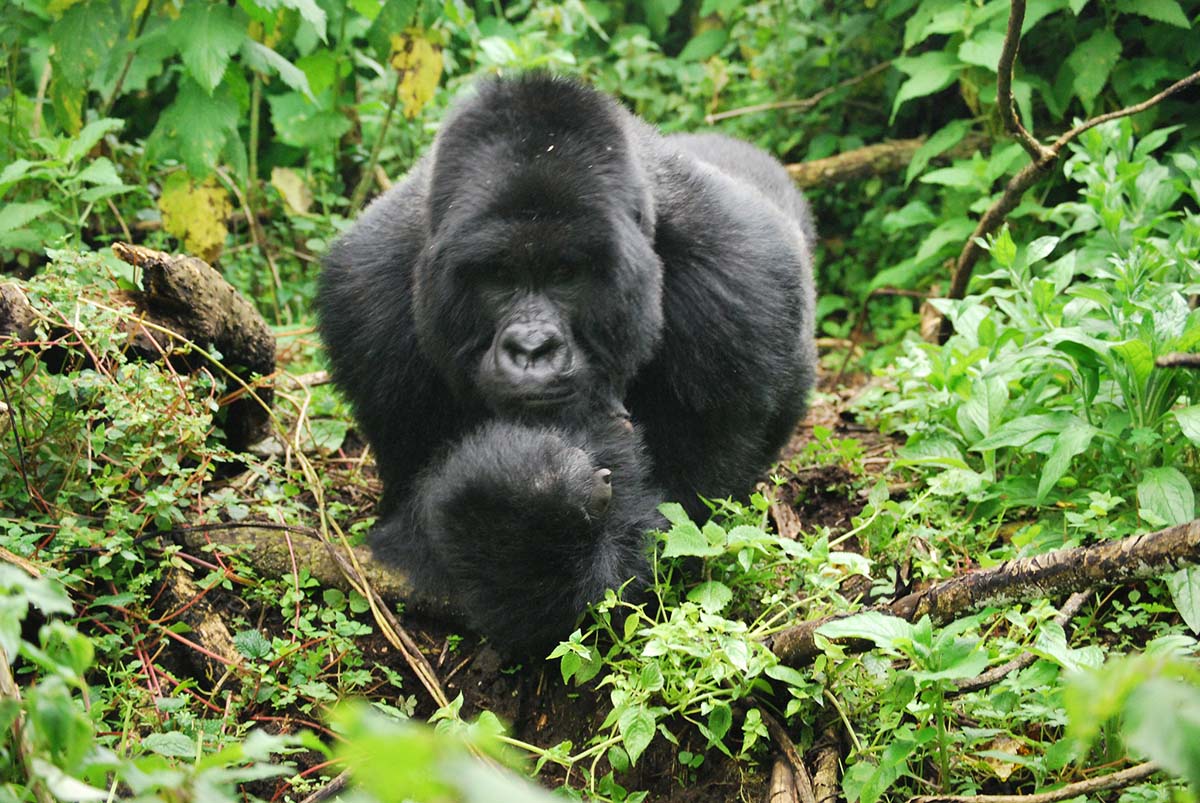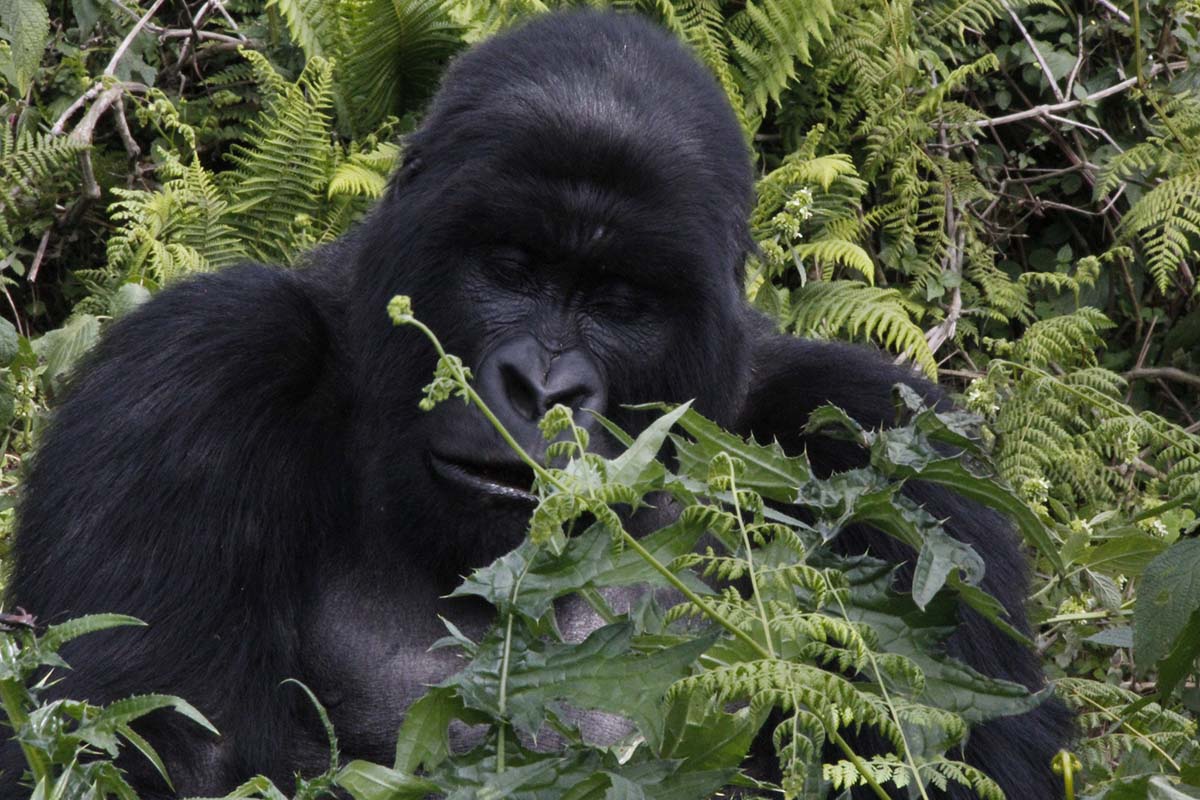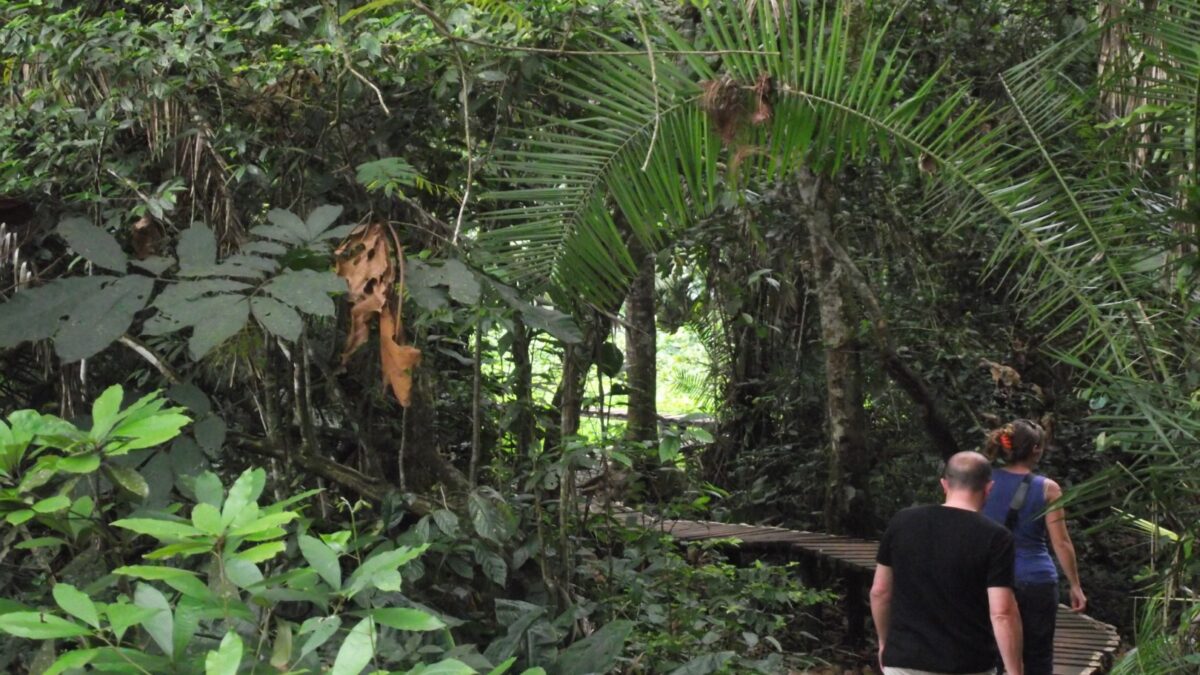
Rwanda Gorilla Tracking Tours and Safaris
September 14, 2023
Rwanda Insight Gorilla Tours
September 15, 2023Exploring Sebitoli and Kihingami Wetlands in Kibale Forest National Park, Uganda
Discover the hidden treasures of Sebitoli and Kihingami Wetlands, nestled within the pristine beauty of Kibale Forest National Park in Uganda. This enchanting journey offers a unique opportunity to explore these lesser-known gems, where nature’s wonders abound.
Sebitoli: A Hidden Gem in Kibale Forest
Sebitoli is a tranquil haven situated within the northern reaches of Kibale Forest National Park. Despite its remarkable offerings, it remains one of Kibale’s best-kept secrets. This serene location is a mere stone’s throw away from the main Fort Portal-Kampala road, making it incredibly accessible. Unlike its more famous counterpart, Kanyanchu, Sebitoli welcomes fewer visitors, allowing for a more intimate and immersive experience with nature.
Sebitoli was established in 2002 as part of a strategic effort to alleviate the tourist pressure on the Kanyanchu sector of the park. Here, you’ll find a range of activities and facilities similar to those at Kanyanchu, with one notable exception: chimpanzee tracking is not conducted in Sebitoli. However, what it lacks in chimpanzee tracking, it more than compensates for with its accessibility, making it an ideal destination for day-trippers from Fort Portal.
Guided forest walks in Sebitoli offer a wonderful opportunity to encounter the park’s diverse wildlife. Keep your eyes peeled for sightings of red colobus monkeys, black-and-white colobus monkeys, blue monkeys, and Vervet monkeys as they swing through the forest canopy. Bird enthusiasts will also be delighted by the rich avian diversity, with an ever-expanding checklist featuring an impressive 236 species of birds. While chimpanzees are present in the area, they are not habituated for tracking.
Exploring Kihingami Wetlands: A Natural Paradise
Just beyond the borders of Kibale Forest National Park lies the captivating Kihingami Wetlands. This adjacent area offers a serene escape into the world of wetlands, boasting superb opportunities for birdwatching and exploration of local tea estates.
Guided walking and cycling tours to the Kihingami Wetlands are conducted regularly, allowing visitors to immerse themselves in the beauty of this natural paradise. Birdwatchers will be in their element, as the wetlands provide an ideal habitat for numerous avian species. Additionally, these tours offer a glimpse into the fascinating world of tea production, with visits to local tea estates that add depth to your cultural experience.
Best time to Visit or to Embark on this Journey
Kibale Forest National Park welcomes visitors throughout the year, offering unique experiences in each season. The park experiences two distinct seasons: the dry season and the wet season. The dry season, which typically runs from June to September and December to February, is favored by many travelers due to its pleasant weather. In contrast, the wet season, spanning from March to May and October to November, is characterized by heavy rainfall. While the rainy season may not be ideal for some, it is a boon for birdwatching enthusiasts, as the park comes alive with avian activity during this period.
Accommodation Options
While Sebitoli and Kihingami do not offer on-site accommodation, you can conveniently stay in Fort Portal, a charming town in close proximity to these natural wonders. Fort Portal boasts a selection of accommodation options to suit various preferences and budgets. Notable choices include Mountains of the Moon Hotel, Kyaninga Lodge, Rwenzori View, Kluges Guest Farm, and Dutchess Hotel. Alternatively, visitors staying within the Kibale area can make a short drive to Sebitoli and Kihingami for nature walks and birdwatching.
Join Trek Africa Expeditions
Trek Africa Expeditions is your trusted partner in arranging unforgettable Sebitoli and Kihingami Wetlands walks in Kibale Forest National Park, Uganda. Our expertly crafted itineraries ensure you experience the best of this natural wonderland while catering to your individual interests and preferences.
Embark on a journey of discovery, where lush forests, enchanting wetlands, and vibrant birdlife await. Sebitoli and Kihingami Wetlands beckon – answer the call of the wild with Trek Africa Expeditions.
Note: This text provides a detailed description of the Sebitoli and Kihingami Wetlands walk in Kibale Forest National Park, Uganda. If you require further information or any modifications to the text, please feel free to ask.

